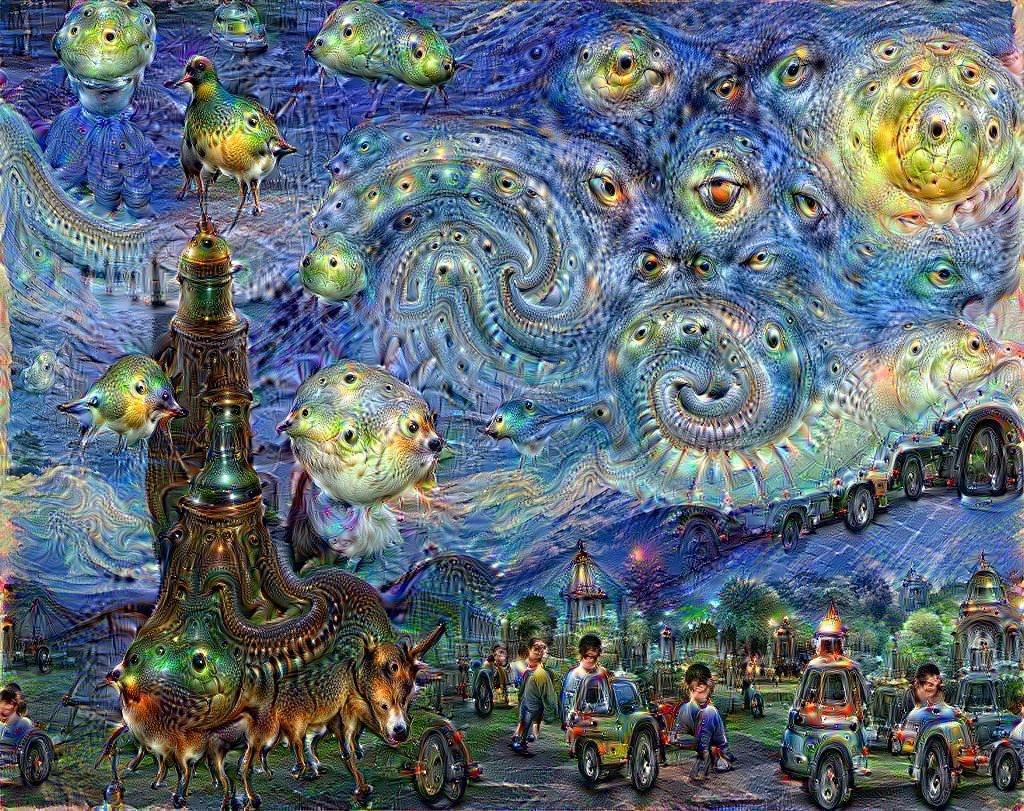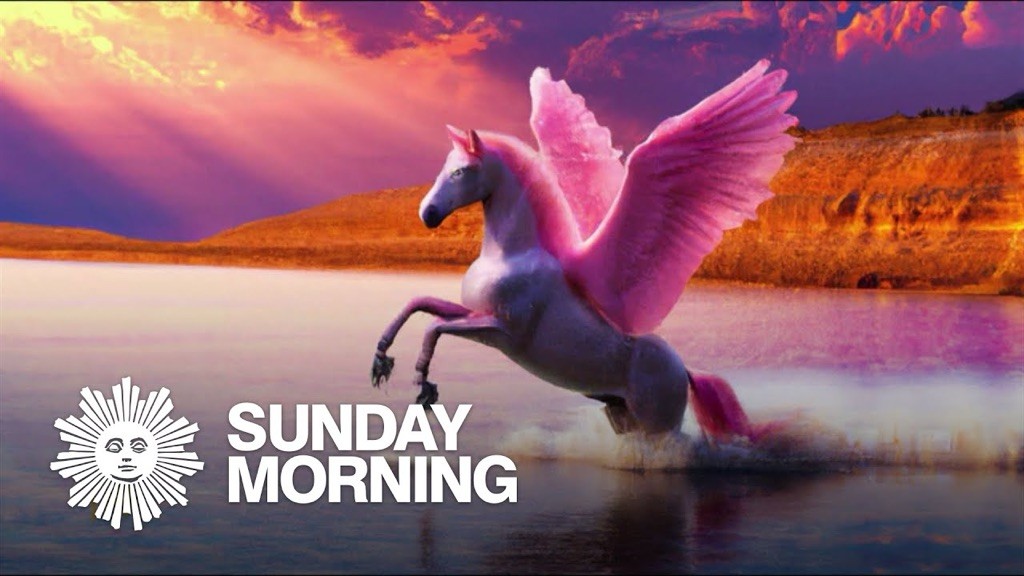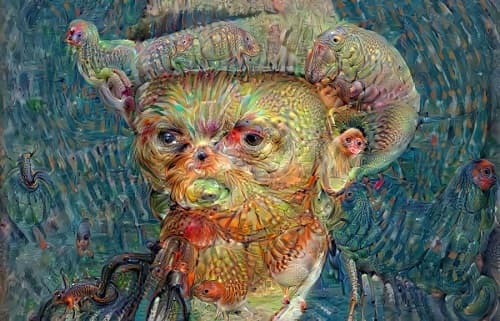
In recent years, a seismic shift has taken place in the world of visual art. At the heart of the debate is a new and controversial medium: Artificial Intelligence (AI). While AI has long been a presence in fields like technology and data analysis, its growing role in creative industries—especially visual arts—has sparked fierce debate among artists, critics, and the public. Is AI a tool that enhances the creative process, or does it threaten the very notion of art itself? What does it mean for the future of visual expression when a machine can generate images that are often indistinguishable from those created by humans?
AI’s entry into the art world has primarily been through generative models—algorithms designed to create new content based on patterns they have learned from vast datasets. One of the most well-known examples is OpenAI’s DALL·E, which generates images from textual prompts, or tools like MidJourney and Stable Diffusion, which allow artists to manipulate and curate AI-generated images based on their specifications. These AI systems can generate everything from photorealistic portraits to fantastical landscapes in mere seconds. The results are often breathtaking, raising the question of whether the art world has been forever altered by these digital creations.
Visual artists who use AI see it not as a replacement for human creativity, but as a new medium to be mastered. Just as a photographer must learn to operate a camera and understand the principles of lighting, or a painter must study color theory and brushstrokes, an artist using AI must learn to navigate the intricacies of these complex algorithms. The true skill lies in understanding how to prompt the AI to produce the desired results, how to manipulate the generated images, and how to incorporate the AI’s output into a broader artistic vision.
The process, these artists argue, is no different from using any other tool. It’s not the medium that defines art; it’s the intent behind it. Using AI requires a certain amount of knowledge about machine learning, natural language processing, and neural networks—areas that may seem distant from traditional art but are becoming increasingly relevant as the digital landscape continues to evolve.
On the other side of the debate are the critics of AI-generated art, who argue that AI fundamentally changes the nature of artistic creation. For many traditional artists, art is a deeply human endeavor—an expression of individual skill, emotion, and experience. To them, art cannot be reduced to a series of algorithms, no matter how sophisticated.

A key concern is the issue of originality. The process by which AI generates art is based on training models that are fed large datasets of images, some of which may include works by living artists. Critics argue that AI-generated art can often resemble existing works without adding any new insight, perspective, or originality. Rather than creating something truly novel, AI is seen as remixing or appropriating pre-existing material in ways that lack the intentionality and human touch that traditionally characterize art.
This issue of authorship is another point of contention. Who owns AI-generated art? Is it the person who wrote the prompt, or the creators of the AI system that generated it? Traditional artists argue that this ambiguity makes AI-generated art fundamentally different from human-created art. In their view, art is not just about the end product, but about the labor and thought that goes into it. AI, they argue, does not “create” in the same way a human artist does—it simply produces outputs based on the data it has been trained on.
Furthermore, some worry that the rise of AI-generated art will devalue human-created works. With AI making it easier for anyone to produce visually compelling art, they fear that the demand for traditional, handcrafted art could diminish, undermining the livelihoods of working artists. This issue mirrors concerns in other industries where automation and AI have led to job displacement—only in the case of art, the question is whether AI can fully replace the need for human creativity, not just labor.
Another critical issue in the debate is the question of what constitutes “skill” in art. Traditional artists, especially those who have spent years honing their craft, may feel that AI-generated works are too easily created and lack the depth that comes with years of practice. They argue that while anyone can prompt an AI to generate an image, it takes true artistic skill to understand color, form, composition, and the subtleties of human expression.
Yet, AI advocates push back, asserting that the skill involved in using AI is different but no less valid. It is not simply a matter of pushing a button and waiting for results; creating high-quality AI-generated art requires an understanding of the system’s intricacies and the ability to fine-tune outputs. Artists working with AI often experiment with different prompts, explore variations, and adjust results until they achieve their desired effect. In this sense, they argue, the skill involved is just as important as any other form of artistry.
Beyond the artistic and philosophical debates, there are also practical concerns about the impact of AI on the art market. As AI-generated images become more widespread and accessible, some artists fear that they will be overshadowed by machines capable of producing art at a faster and cheaper rate. If AI-generated art becomes ubiquitous, will there still be a market for human-created work? Will collectors prefer the novelty and efficiency of machine-generated art, or will they continue to value the unique and irreplaceable touch of human creativity?

Additionally, the question of intellectual property remains unresolved. Some AI-generated art is created using datasets that include images created by human artists, often without their consent. This has led to concerns about copyright infringement and the ethics of using existing works to train AI models. Artists whose work is used in this way argue that they should be compensated for the role their art plays in generating new AI-created works.
The debate over AI in visual art is far from settled, and it’s clear that there are no easy answers. For some, AI represents a revolutionary tool that can push the boundaries of creativity in exciting new directions. For others, it signals a threat to the very essence of what it means to be an artist. As the debate continues, one thing is certain: AI has irrevocably changed the landscape of art. Whether it is a tool that enhances human creativity or a force that undermines traditional artistic values is a question that will continue to spark discussion—and perhaps redefine art itself in the process.







